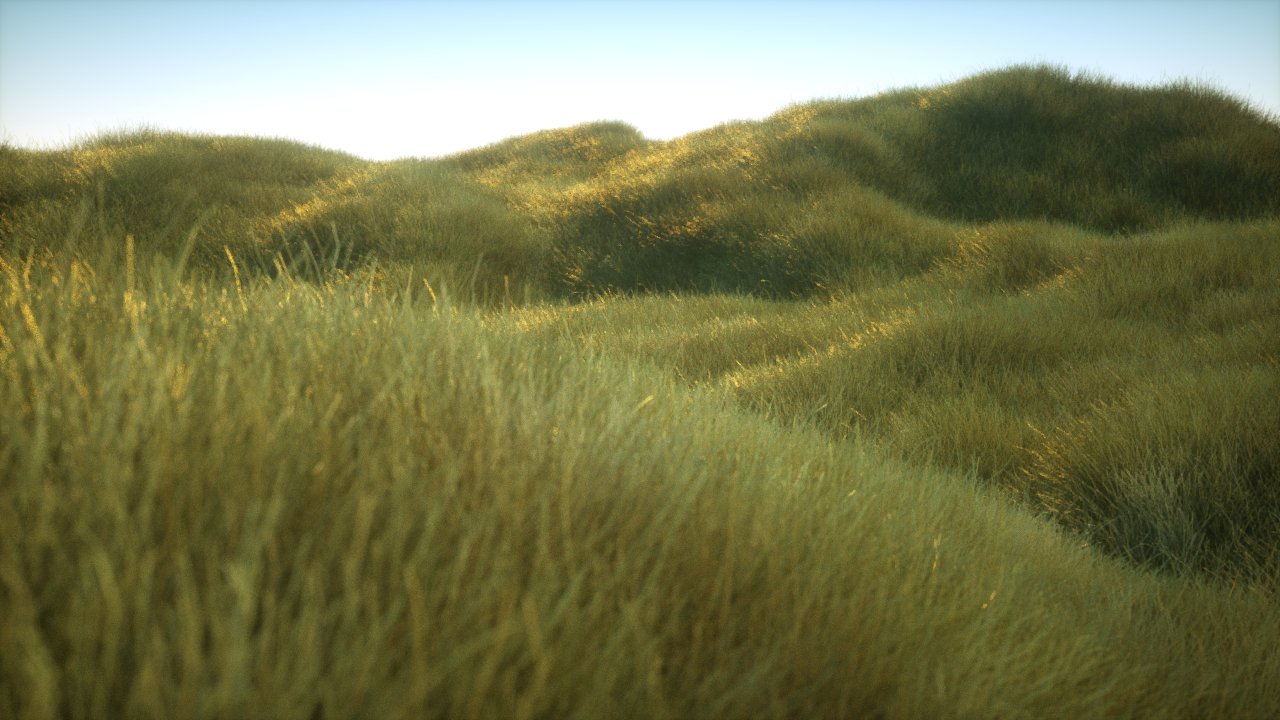
LightWave 2015 introduces a new API it it’s SDK that makes possible support the Layout FiberFX hair data in the external render engines like Octane. The Octane plugin can read all the hair data available in the scene and render it using it’s powerful hair primitive.

FiberFX hair rendering workflow and features
Octane can render all the hair systems enabled for rendering in the FiberFX module. The hair should be rendered with the same geometric distribution that you can see in the viewports or in the LightWave native rendering, including the hairs fixed or variable thickness.
Be carefully with the hair thickness, because with too thick fibers the rendering can be very slow, and you can even crash the NVidia driver.
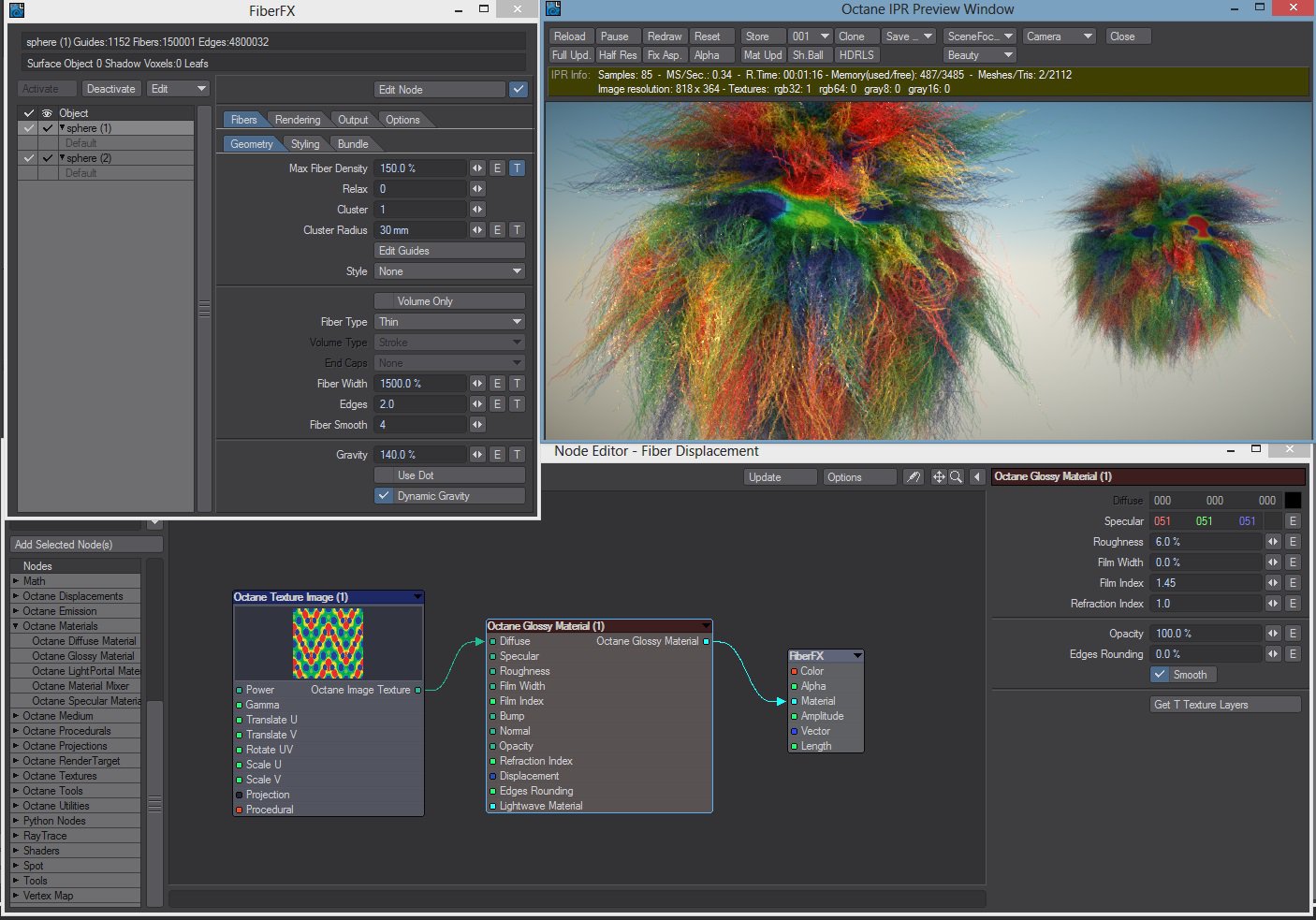
FiberFX hair shading
Octane doesn’t support the native FiberFX hair shading, that is designed to work only in the CPU. To shade the hair, you can use the node editor available in the FiberFX panel. This node editor has a “MaterialThe representation of the surface or volume properties of an object.” input that can be used to link any Octane material node, or the material mixer. You can build the same shader trees for the hair as for any other object in the scene.
One important feature of the Octane plugin is that each fiber inherit the UV coordinate available in the base mesh at the fiber root point. This feature makes possible apply texture maps to the hairs, as you can see in the next image.

IPRProvides artists a quick preview of the image prior to the final render, and efficiently allows for adjusting some elements in the scene such as lights, shaders and textures interactively. An IPR image contains shading and lighting data including some for visibility, in addition to the software render. and FiberFX
You can use the IPR to preview all the hair system available in the scene. Any change in the hair shading made using the FiberFX node editor can be rendered in real time.
By default the changes made in any of the FiberFX parameters that modify the fibers geometry or amount are not updated in the IPR until the user reload the scene. Usually the amount of hair data is too high to make possible a realtime update of the IPR rendering, but anyway there is an option in the main plugin options panel, options tab, “FiberFX IPR geometry update” to enable the real time hair update. Use this option carefully, because the delay in the scene update can be really high.
FiberFX and objects with deformations
You can render the FiberFX systems applied over objects with deformations. This feature is disabled in the IPR because in a production scene it is really slow update the hair systems while the user scrub in the time line, but should work without problems in the F9/F10 rendering.
The hair can be updated while rendering without reload the scene for each frame. There is a new option in the render editor root node options panel, “Update FiberFX” to enable the FiberFX update while rendering in “update scene” mode.
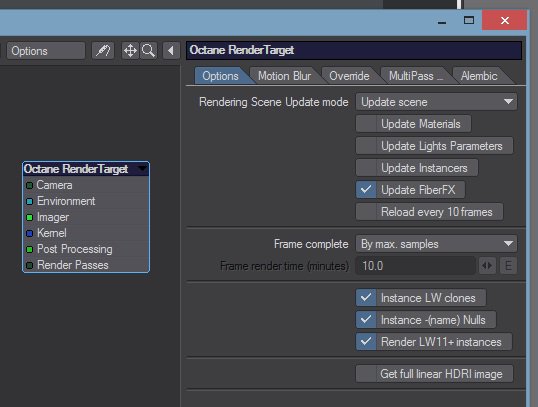
FiberFX and instancing
The objects with FiberFX systems can be instanced like any other object in the scene with nulls or using the LightWave instancers.
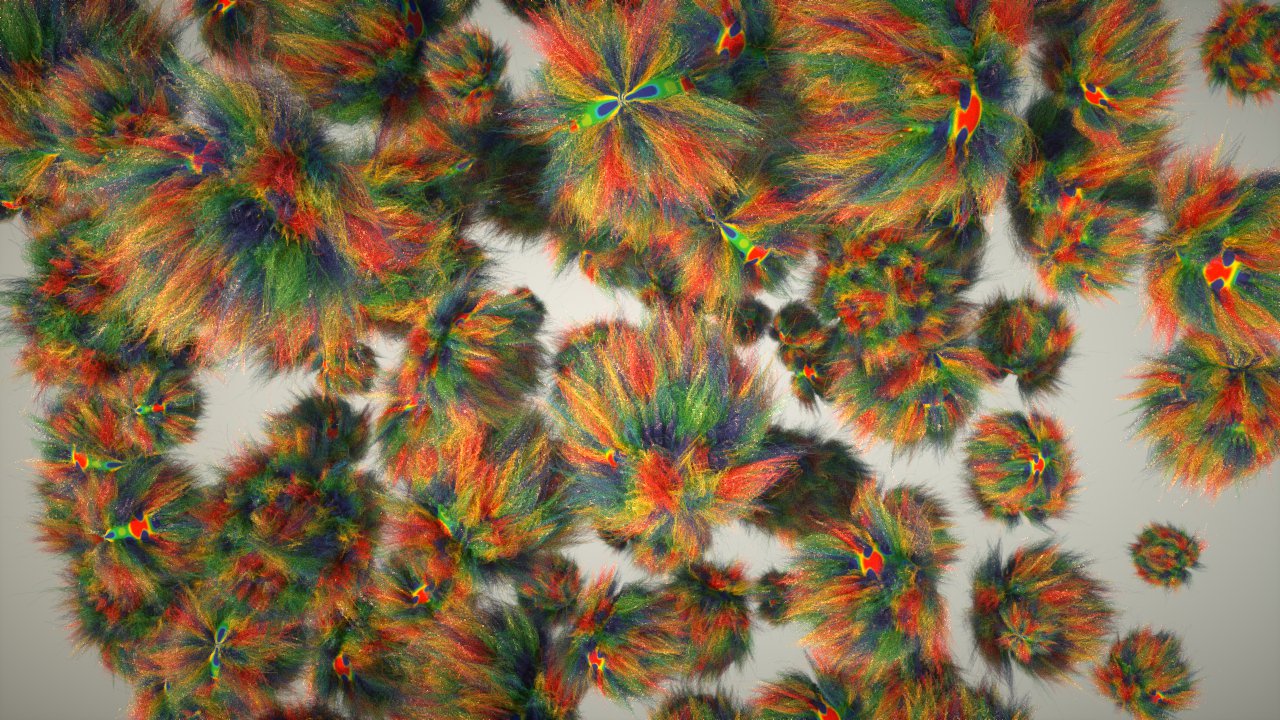
FiberFX hair in guides objects
You can enable the FiberFX hair in two vertex polygons guides objects and work with this hair in Octane without problems. The only issue is that when you enable the hair over guides in the FiberFX panel, the Layout is going to enable the “Unseen by camera” parameter in the object render options panel. As you can imagine, you must disable this parameter to see the hair in Octane.
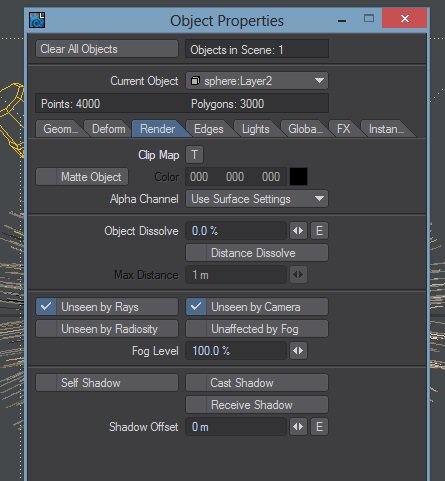
The “Octane_IPR_ReloadFFXMat” command
The command “Octane_IPR_ReloadFFXMat” updates all the FiberFX materials in the IPR window, even if the FFX are hidden. You can map this command to a key, or add it in the menu branch. This command can be used to work with FFX materials in complex scenes whith all the FFX systems hidden. Only available for LW 2015.x